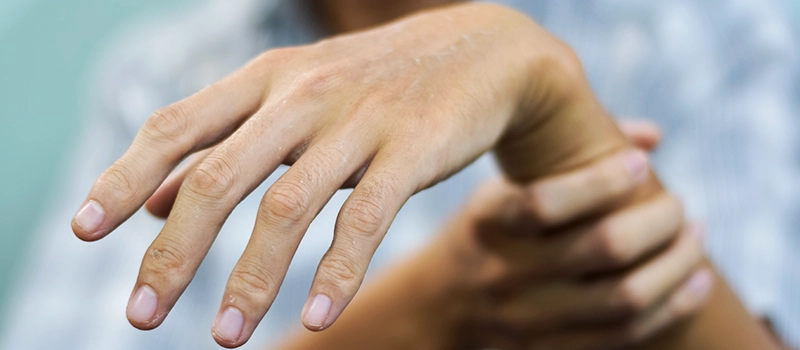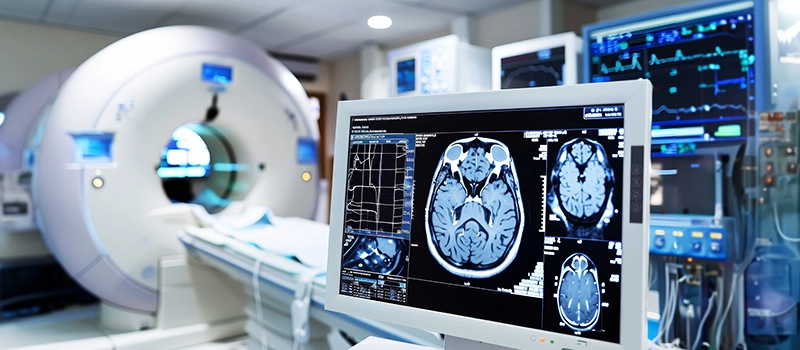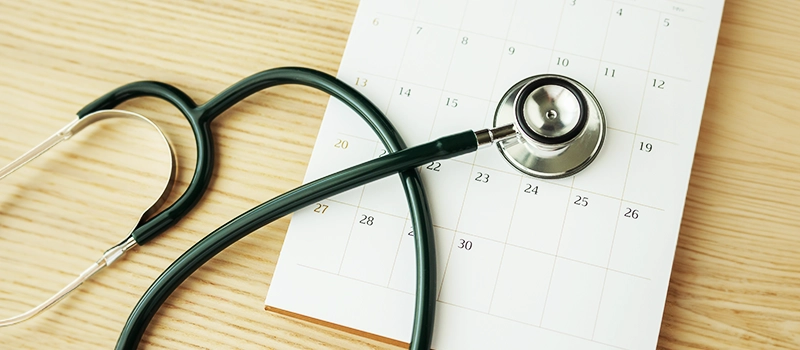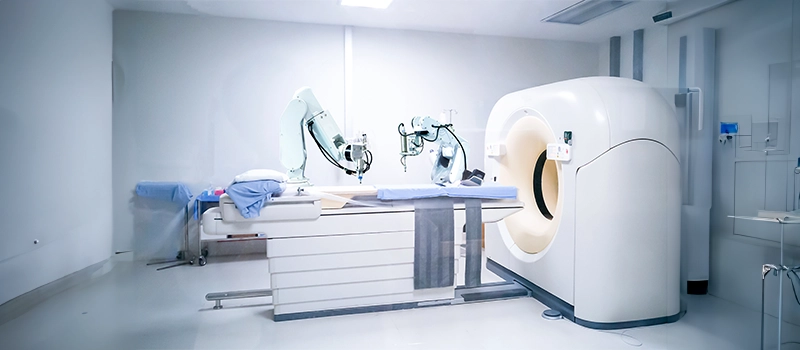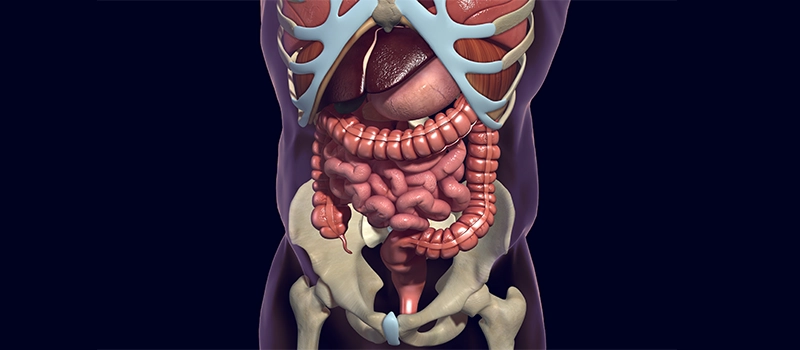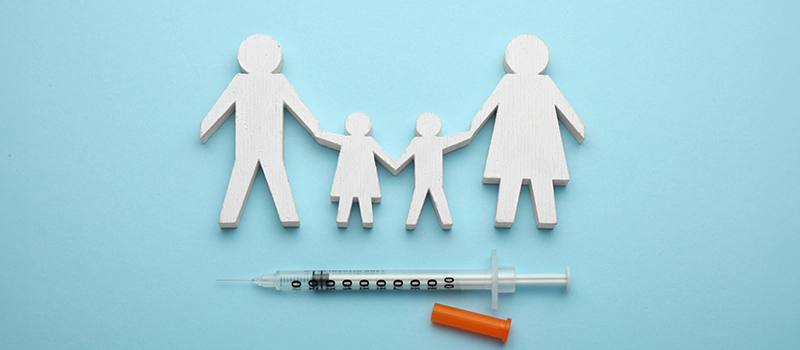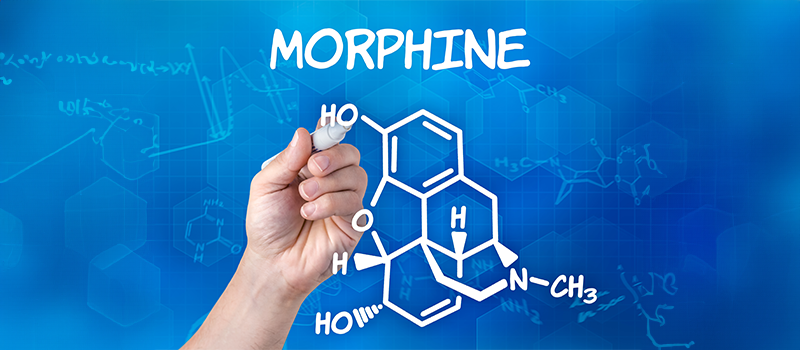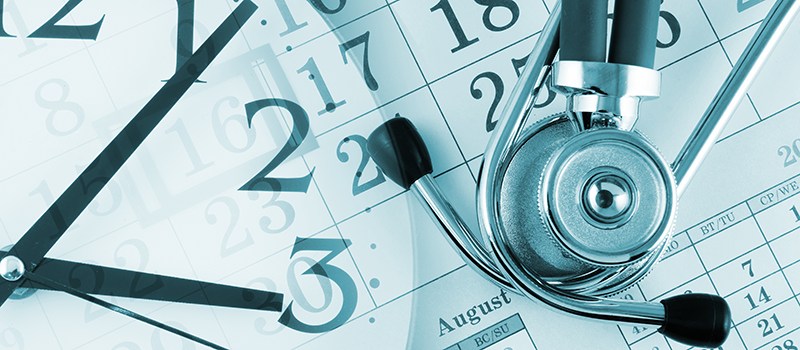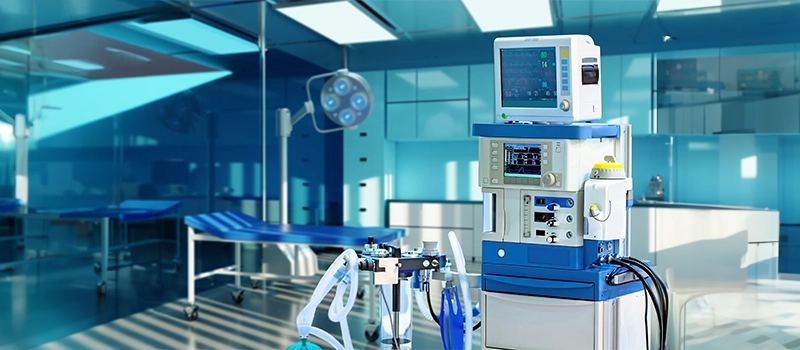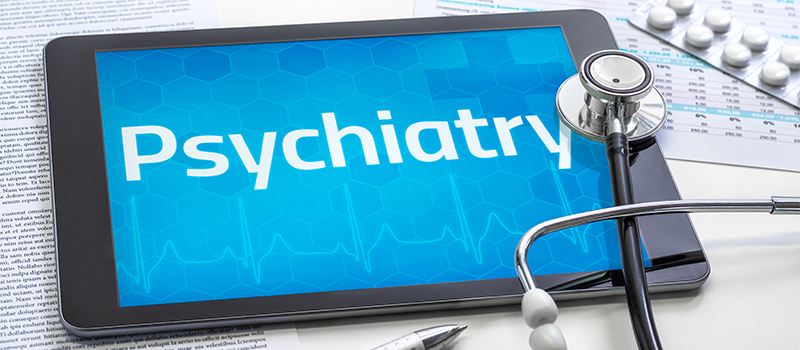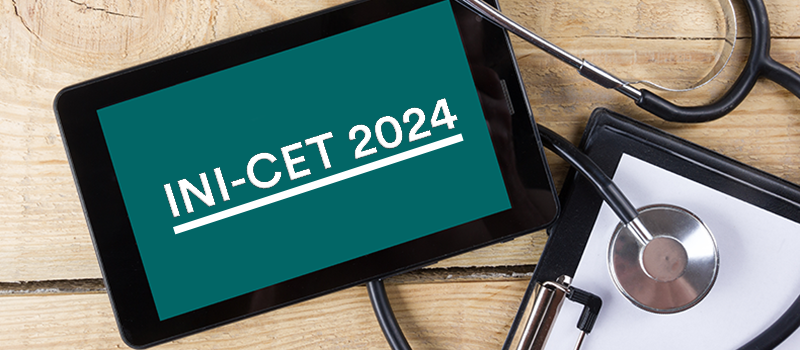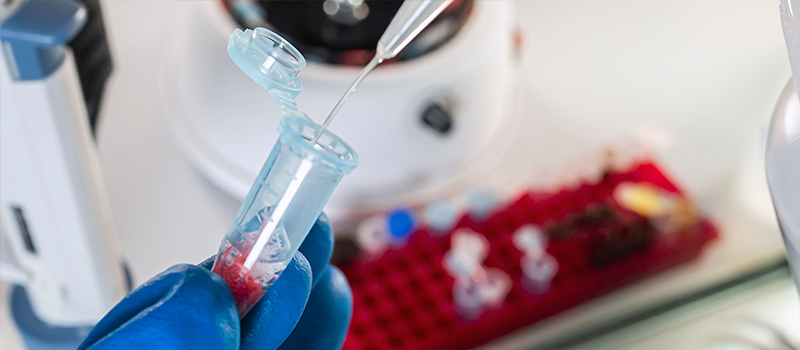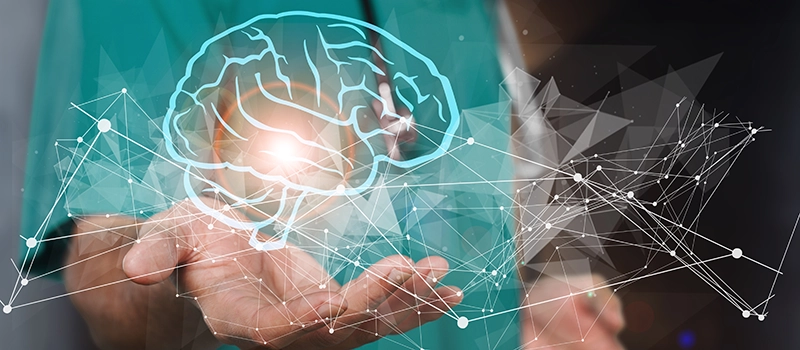
Schizophrenia: Classification, Diagnosis & Treatments
Schizophrenia is a serious mental illness that impacts about 1% of the global population. It is characterized by symptoms such as hallucinations, delusions, disorganized speech, and severely disorganized behavior. Additionally, individuals may experience negative symptoms, including diminished emotional expression, lack of motivation (avolition), and cognitive impairments.
Excessive dopamine is found in schizophrenics. Drugs that increase or decrease dopamine are known to worsen or make schizophrenia better.
Schizophrenia Pathophysiology
Schizophrenia’s pathophysiology involves multiple molecular and neural circuit changes, though it’s unclear whether these are direct causes or adaptations to underlying dysfunctions. No current model fully explains all observed changes.
Neurotransmitter imbalances, particularly involving dopamine, serotonin, glutamate, and GABA, are central to schizophrenia. The connection between dopamine and schizophrenia was highlighted by the discovery that D2 receptor blockers can alleviate psychotic symptoms. Four key dopamine pathways—mesolimbic, mesocortical, tuberoinfundibular, and nigrostriatal—play distinct roles. Excessive dopamine in the mesolimbic pathway is linked to positive symptoms, while reduced dopamine in the mesocortical pathway may lead to negative symptoms and cognitive deficits. The nigrostriatal pathway is associated with motor side effects of antipsychotics, and the tuberoinfundibular pathway relates to hyperprolactinemia.
Recent research in cognitive neuroscience has shown that mesostriatal dopamine neurons respond to “reward prediction error,” helping assign significance to stimuli. In schizophrenia, dysregulated firing of these neurons can lead to misattribution of importance to irrelevant stimuli, contributing to delusions and hallucinations.
The relationship between dopamine and schizophrenia is complex, as evidenced by the delay between D2 receptor blockade and clinical response to antipsychotics, suggesting secondary neurochemical mechanisms are also at play. Additionally, the interplay among dopamine, glutamate, and GABA is critical for regulating cortical circuits, with postmortem studies indicating alterations in these microcircuits. This has prompted exploration of targeting glutamate and GABA pathways for improved treatment options.
Stages of Schizophrenia
Phase 1: Initial diagnosis for the earliest signs of schizophrenia.
Phase 2: These are the periods between exacerbations of symptoms, which are relatively calm, but may be deteriorating.
Phase 3: Exacerbation or relapse with increased use of resources.
Major Types of Schizophrenic Disorders
- Disorganized Schizophrenia: Personality is severely disorganized, which includes hallucinations, inappropriate behavior and regression.
- Catatonic Schizophrenia: Acute stupor and sudden loss of animation that alternates with periods of excitement and over activity.
- Paranoid Schizophrenia: Suspicious of everyone and ideas of persecution or grandeur.
- Undifferentiated Schizophrenia: Prominence of psychotic symptoms from more than one subtype or that does not meet the criteria for any subtype.
- Residual Schizophrenia: Absence of prominent psychotic symptoms but continued evidence of symptoms of symptoms such as peculiar behavior and blunted affect.
(Hebephrenic) Disorganized Schizophrenia Type
Individual has facial tics and grimaces, characteristic rises sardonic smile, flat affect with no emotion or strong feeling and in between blunt affect, Volitional affect, and labile affect. Almost all affects are oriented to time place and person.
Pathognomonic are very characteristic:
- Clanging- Rhyming ‘Go to hell, bell’ (pathognomonic).
- Echolalia- Repeating phrase- repeats back “When did you come?”
- Neologisms- Uttering new words without any meaning.
- Pathognomonic are schizophrenics until rules out.
Catatonic Schizophrenia Disorder
Presence of psychomotor retardation, thought process is slow, walking slowly and flexibility is slow. Tendency to talk as though the other person isn’t there! Its tendency is very harmful.
Sometimes rage is combined with anger catatonic excitement and grand blow up can come out with insensitivity to staff.
Increased stress is like increased catatonic excitement.
Paranoid Schizophrenia
The individuals are intelligent with inflated ego (think they are someone special).
Basically, they have severe auditory hallucinations and fear of persecution. They have such fears about safety such as CBI is after them, they being controlled by special messages through electronic media. All delusions start with a kernel of truth.
Undifferentiated Type
The individual has a lot of symptoms. They may have symptoms of all other types so that it is difficult to differentiate.
Kinesics Nonverbal Behaviors
Bizarre behaviors which are outlandish, ridiculous and abnormal but not for drawing attention like shaving of one side of moustache, rose on one side of cheeks, etc.
Symptoms of Schizophrenia
Here are some of the symptoms associated with schizophrenia:
Primary Symptoms of Schizophrenia
- Delusions: False beliefs maintained against logic and contrary evidence.
- Loosening of Associations: Ideas skip from one thought to another in unrelated way.
- Hallucinations: False sensory perceptions in the absence of actual external stimuli.
- Positive Symptoms reflect the presence of unusual behavior and related distortions in form and content of thought.
Secondary Symptoms of Schizophrenia
- Disturbances in affect often blunt or flat.
- Disturbances in volition inability to initiate goal-directed activity.
- Disturbances/interpersonal functioning often withdrawn from others (in the extreme autism).
- Increases psychomotor activity or decreased psychomotor activity.
- Negative symptoms reflect the absence of normally expected behavior.
Diagnosis of Schizophrenia
The diagnosis of schizophrenia relies on two primary systems: the DSM-5-TR and the ICD-10, each with slight variations.
1. DSM-5-TR
The DSM-5-TR, published by the American Psychiatric Association (APA) in 2022, outlines the following criteria for diagnosing schizophrenia:
- Symptom Presence: The patient must exhibit two (or more) of the following symptoms for a significant portion of time during a 1-month period (or less if successfully treated). At least one symptom must be one of the first three:
- Delusions
- Hallucinations
- Disorganized speech (e.g., frequent derailment or incoherence)
- Grossly disorganized or catatonic behavior
- Negative symptoms (e.g., diminished emotional expression or avolition)
- Functional Decline: There must be a noticeable decline in functioning in areas such as work or relationships since the onset of symptoms.
- Duration: Continuous signs must persist for at least 6 months, including at least 1 month of active-phase symptoms, which may be shorter if treated. Symptoms can also be prodromal or residual, including negative or attenuated active-phase symptoms.
- Exclusion Criteria: Schizoaffective, depressive, or bipolar disorders with psychotic features must be excluded. Symptoms should not be attributed to substance use, medication, or another medical condition. If a developmental disorder is present, the diagnosis requires at least 1 month of prominent delusions or hallucinations.
2. ICD-10
The ICD-10 specifies that the patient must demonstrate at least one of the following symptoms for a duration of 1 month or more:
- Thought echo, thought insertion or withdrawal, thought broadcasting
- Delusions of control, influence, or passivity; delusional perceptions
- Hallucinatory voices providing a running commentary on the patient or discussing the patient among themselves
- Persistent delusions that are culturally inappropriate or implausible
Alternatively, the patient may exhibit at least two of the following symptoms for 1 month or more:
- Persistent hallucinations in any modality, accompanied by fleeting or half-formed delusions
- Breaks or interruptions in thought leading to incoherence, irrelevant speech, or neologisms
- Catatonic behavior
- Negative symptoms
- Significant changes in overall behavior, such as loss of interest and social withdrawal
In contrast to the DSM-5-TR, the ICD-10 categorizes schizophrenia based on key presenting symptoms into various types, including:
- Paranoid schizophrenia
- Hebephrenic schizophrenia
- Catatonic schizophrenia
- Undifferentiated schizophrenia
- Post-schizophrenic depression
- Residual schizophrenia
- Simple schizophrenia
- Schizophrenia, other
- Schizophrenia, unspecified
Evaluation of Schizophrenia
Schizophrenia is primarily a Clinical diagnosis, but specific radiographic and laboratory tests are necessary to rule out other potential causes. The American Psychiatric Association Practice Guideline for the Treatment of Patients with Schizophrenia recommends the following evaluations during an initial assessment:
1. Hematology
A complete blood count (CBC) should be performed to check for anemia or signs of infection that may mimic schizophrenia symptoms. If the patient is being considered for treatment with clozapine, an absolute neutrophil count (ANC) should also be obtained.
2. Blood Chemistry Panel
This should include tests for electrolytes, renal function, liver function, and thyroid-stimulating hormone (TSH). Hypothyroidism can present with psychiatric symptoms such as depression and cognitive impairment.
3. Pregnancy Test
A pregnancy test is recommended for women of childbearing age.
4. Electroencephalogram (EEG)
An EEG may be warranted based on the neurological examination or patient medical history to rule out seizure disorders.
5. Imaging
Brain imaging tests, either a CT or MRI (with MRI being preferred), may be indicated based on neurological findings or patient medical history.
6. Genetic Testing
Chromosomal testing is suggested if indicated by the physical examination or developmental clinical history.
7. Drug Toxicology Screen
This screen may be necessary to identify substance use that could lead to psychotic symptoms.
Treatment of Schizophrenia
The treatment of schizophrenia typically involves a comprehensive approach that combines medication, psychotherapy, and supportive services. Here are the key components:
1. Medications
- Antipsychotics: These are the cornerstone of schizophrenia treatment. They can help manage symptoms such as delusions, hallucinations, and disorganized thinking. There are two main categories:
- Typical (First-Generation) Antipsychotics: Examples include haloperidol and chlorpromazine. These primarily target dopamine receptors but may have more side effects, such as extrapyramidal symptoms.
- Atypical (Second-Generation) Antipsychotics: Examples include risperidone, olanzapine, and aripiprazole. These tend to have a lower risk of motor side effects and can also address negative symptoms.
2. Psychotherapy
- Cognitive Behavioral Therapy (CBT): This can help patients manage symptoms and improve functioning by challenging distorted thoughts and developing coping strategies.
- Supportive Therapy: Providing emotional support, practical assistance, and education about the mental disorders can be beneficial.
- Family Therapy: Involving family members can enhance support and improve communication.
3. Rehabilitation and Support Services
- Psychosocial Rehabilitation: Programs focused on social skills training, vocational rehabilitation, and community support can help individuals reintegrate into society and improve quality of life.
- Case Management: Coordinated care by case managers can assist patients in accessing services and navigating the healthcare system.
Frequently Asked Questions (FAQs)
Q1. What are the 5 main symptoms of schizophrenia?
Ans. When schizophrenia is active, symptoms can include delusions, hallucinations, disorganized speech, trouble with thinking and lack of motivation. However, with treatment, most symptoms of schizophrenia will greatly improve, and the likelihood of a recurrence can be diminished.
Q2. What are the diagnostics criteria for schizophrenia?
Ans. Schizophrenia Diagnostic Criteria are: Two or more of the main symptoms of schizophrenia. At least one of them must be delusions, hallucinations, or disorganized thought or speech. You have had these symptoms for a month or more.
Q3. What is a differential diagnosis of schizophrenia?
Ans. Schizophrenia must be differentiated from the following conditions: Autism spectrum disorder or communication disorders. Major depressive or bipolar disorder with psychotic or catatonic features. Schizoaffective disorder.
Q4. What is the diagnosis tool for schizophrenia?
Ans. BPRS and PANSS are frequently used scales in schizophrenia studies. PANSS is accepted as the gold standard scale used in clinical and psychopharmacological studies in schizophrenia. However, the long duration of the application (30–40 minutes) is seen as an important limitation.
Related post









